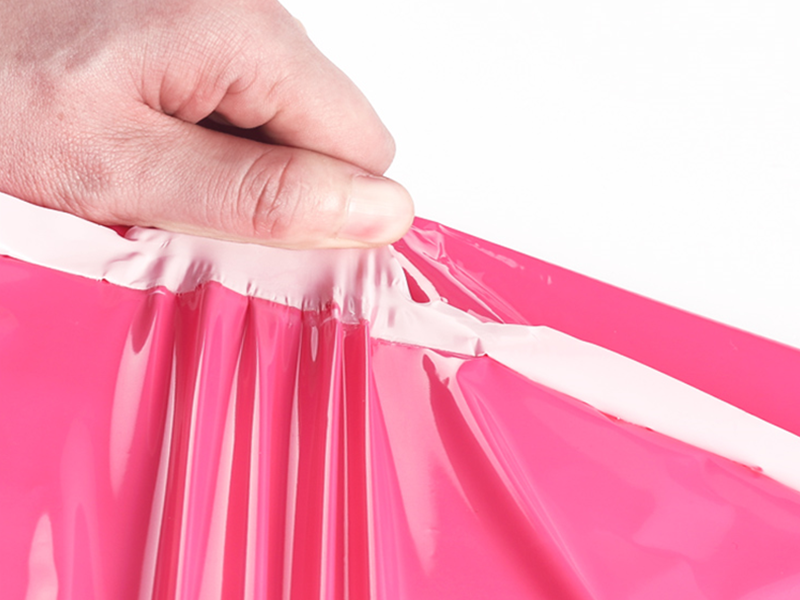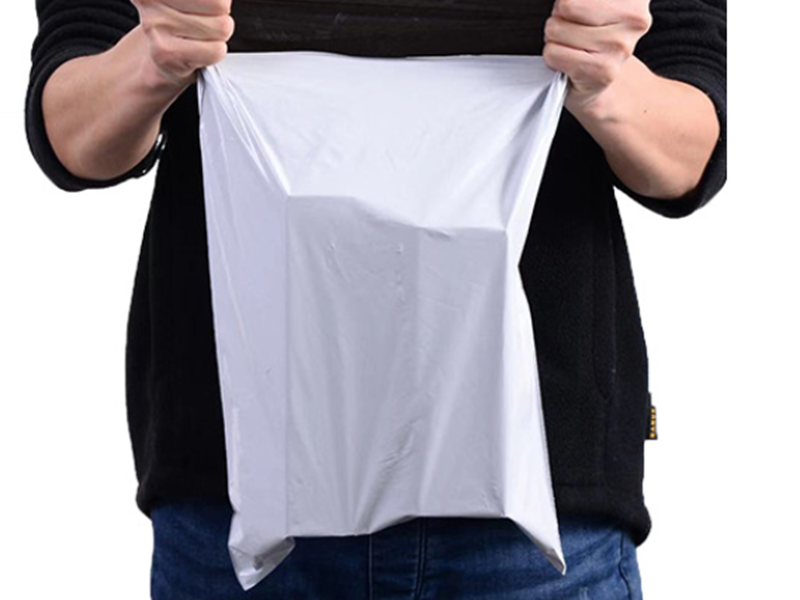Find out how to test the adhesive strength of courier bag seals to prevent shipment tampering and ensure package security during transit.
Introduction
A courier bag’s adhesive seal is its first line of defense against tampering, theft, and accidental opening during shipping. Testing the adhesive strength ensures that packages stay securely closed from dispatch to delivery. In this blog, we share simple and practical methods to check seal strength effectively.
Why Adhesive Strength is Important
Weak seals can lead to package openings, lost items, and customer complaints. Strong adhesive strength guarantees security, reduces liability, and improves your brand’s reputation for safe deliveries.
How to Test the Adhesive Strength of a Courier Bag
1. Immediate Stick Test
- Seal the bag normally.
- Try pulling the flap apart within 30 seconds.
- A good bag should resist opening even immediately after sealing.
2. Aging Stick Test
- Seal the bag and leave it for 24 hours at room temperature.
- Attempt to open the seal after the wait time.
- Strong adhesives become even more secure over time.
3. Environmental Stick Test
- Store sealed bags under different conditions: cold (e.g., 0°C), room temperature (20°C), and heat (e.g., 40°C).
- Check if the adhesive remains strong in all environments.
What to Expect in a High-Quality Bag
- Immediate and strong bonding after sealing.
- Even stronger bonding after curing over time.
- Adhesive performance unaffected by temperature variations.
Conclusion
Testing the adhesive strength of courier bags is vital for ensuring the security of your shipments. Investing in bags with reliable seals helps prevent losses and builds customer trust through consistent, secure deliveries.



